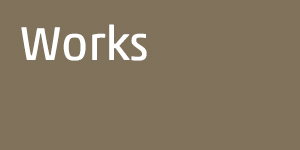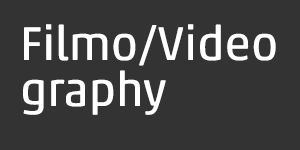Impulses of the photo-world
„- chance and reality have more latent than all the film directors
(artists, J. R.) in the world...”, Andre Bazin, 1958
My 'Impulses of the Photo-World' generate themselves in synthetic photo-grams, images-notions taken out or the illusory reality of television. Those two different matters of PHOTO and TELE are bound by informational energy which to a large extent shapes our consciousness and mental habits. We rather have to do here with a psychological phenomenon because we consider the following statement as absolutely true: PHOTOGRAPHY MECHANICALLY REGISTERS THE IMAGES OF REALITY. Mechanically, that is objectively, without the necessity of the active participation of man. Usually (for our own satisfaction and comfort) we do not want to remember that man has a creative nature and that all his actions almost always possess some kind of intention - the intention of convincing others as to our own goals.
Many of the so-called ' receivers' like to be manipulated because they do not have creator's nature, often due to their own laziness. Meanwhile, such creators (politicians, social activists, artists, teachers or educators) consciously superimpose their intention on others, uncompromisingly using this objectively created material arid shaping it in their own ways.
My problem (which is very complicated) is to be defined as precisely as possible:
I am asking, others as well as myself, how far can one creatively interfere in a previously prepared television material using photography? Performing this risky operation I realize that the one medium as well as the other can excellently embalm the real images of our world.
A videogram additionally possesses in its nature movement, the factual passing of time which call be mechanically stopped by photography. Performing such an operation on television material may reveal (visualize) some non-directed energies of the electronic image ill perceptible form. But when these images take on the form of synthetic photograms I think I am able to create new notions of my own. This is the extraordinary power of photography!
[1996]
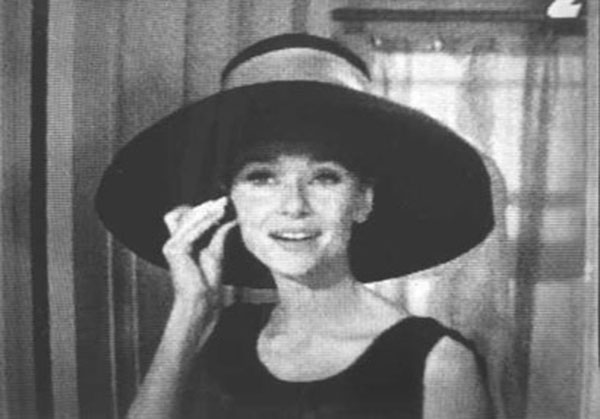
from the cycle: „Idols”, 1996
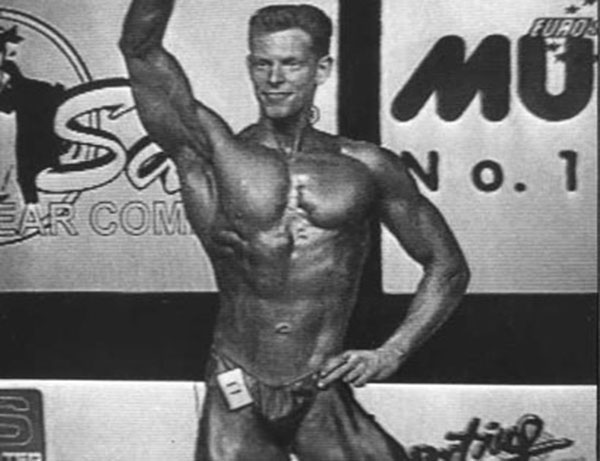
from the cycle: „Idols”, 1996
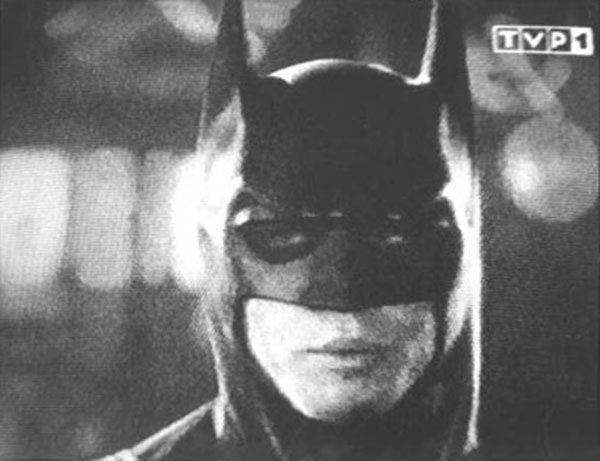
from the cycle: „Idols”, 1996

from the cycle: „Idols”, 1996
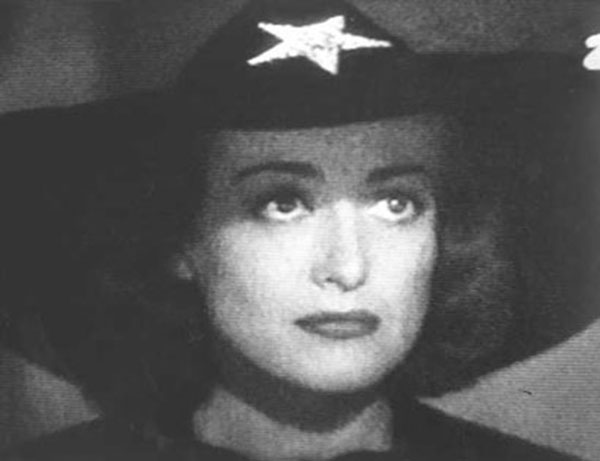
from the cycle: „Idols”, 1996


